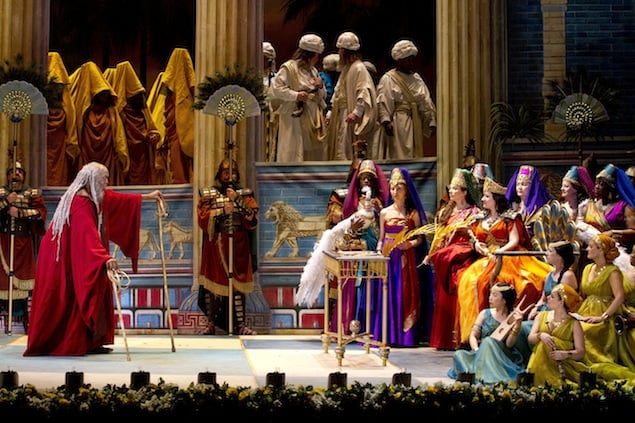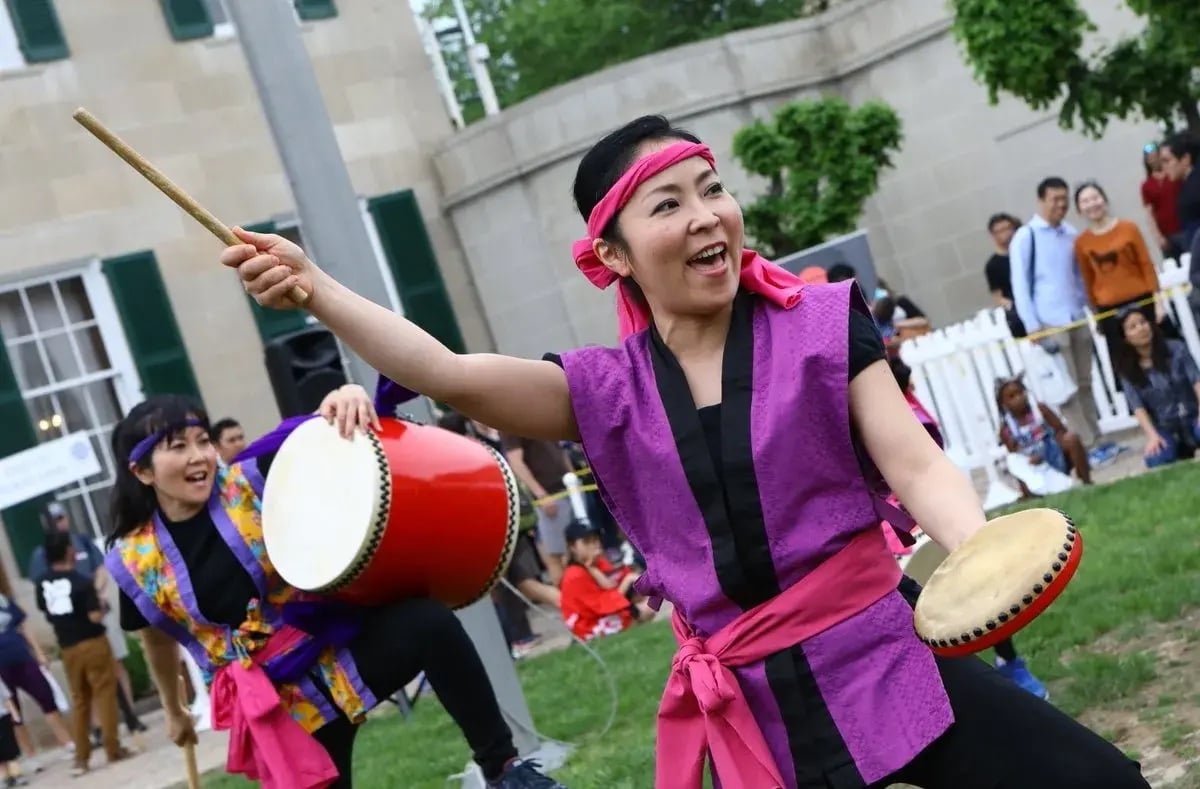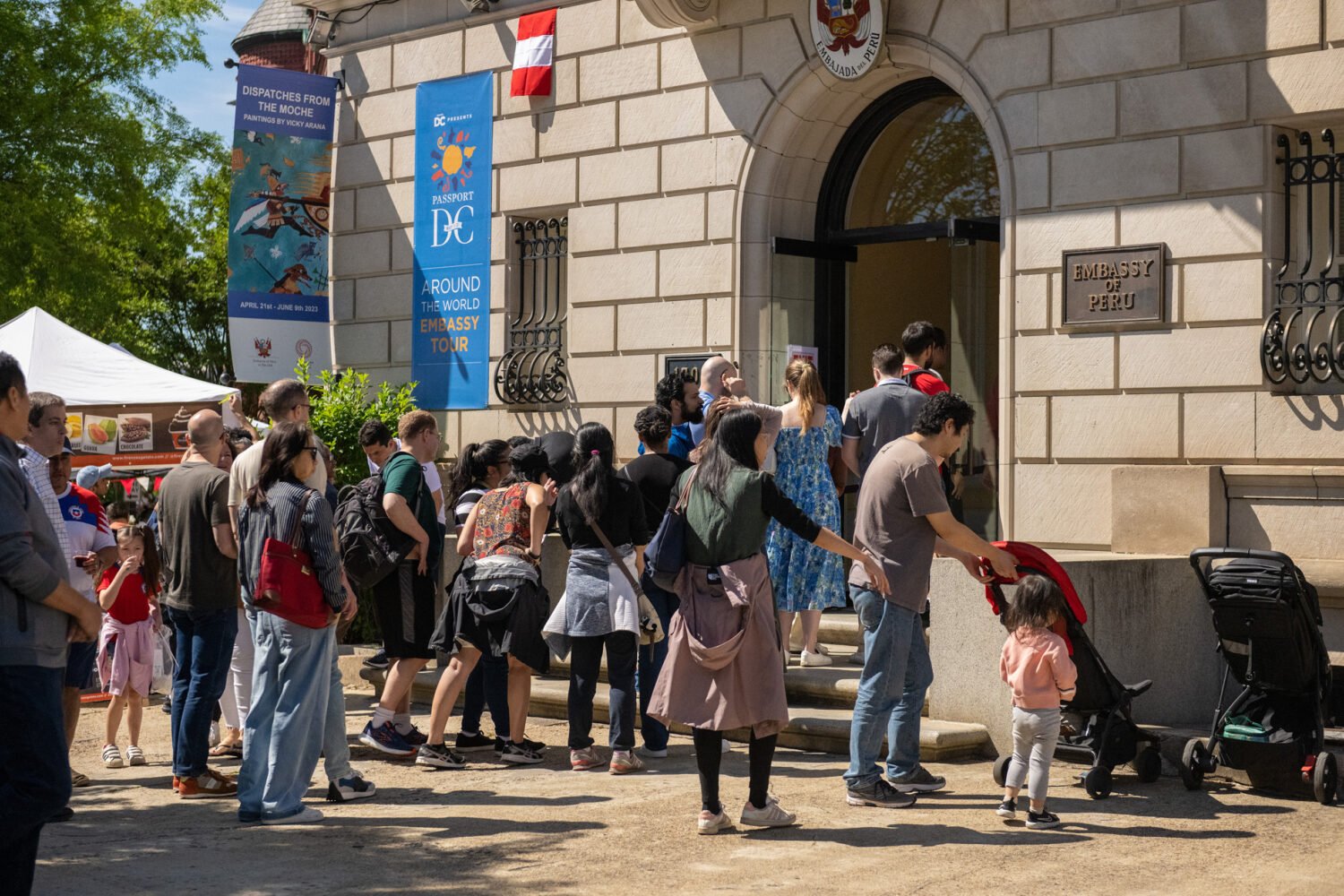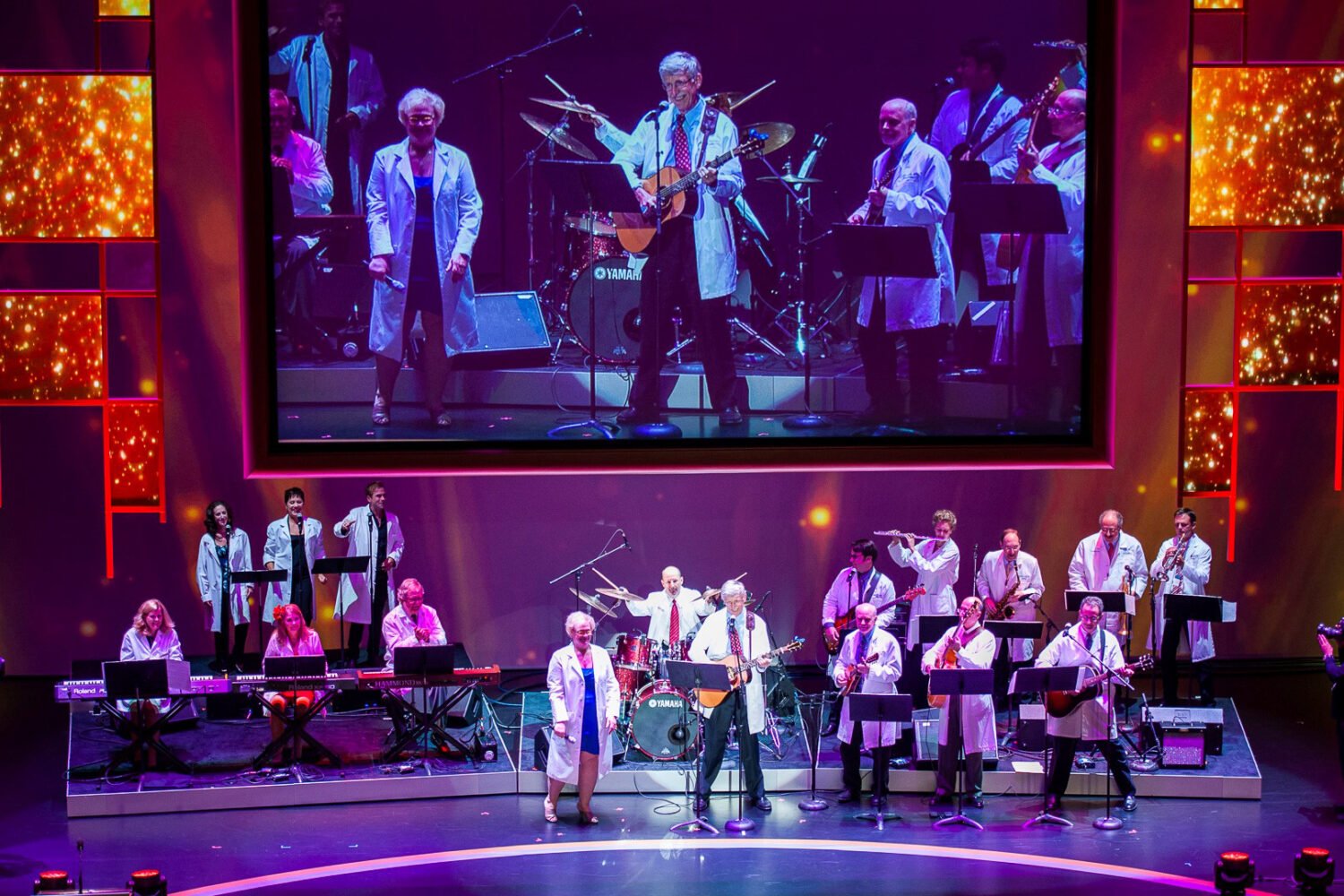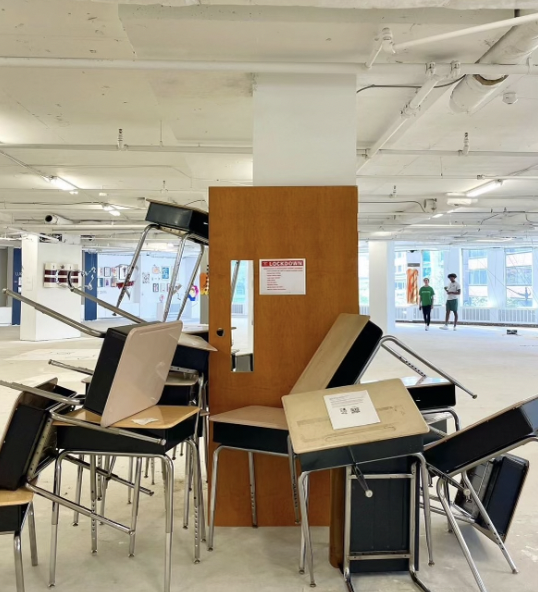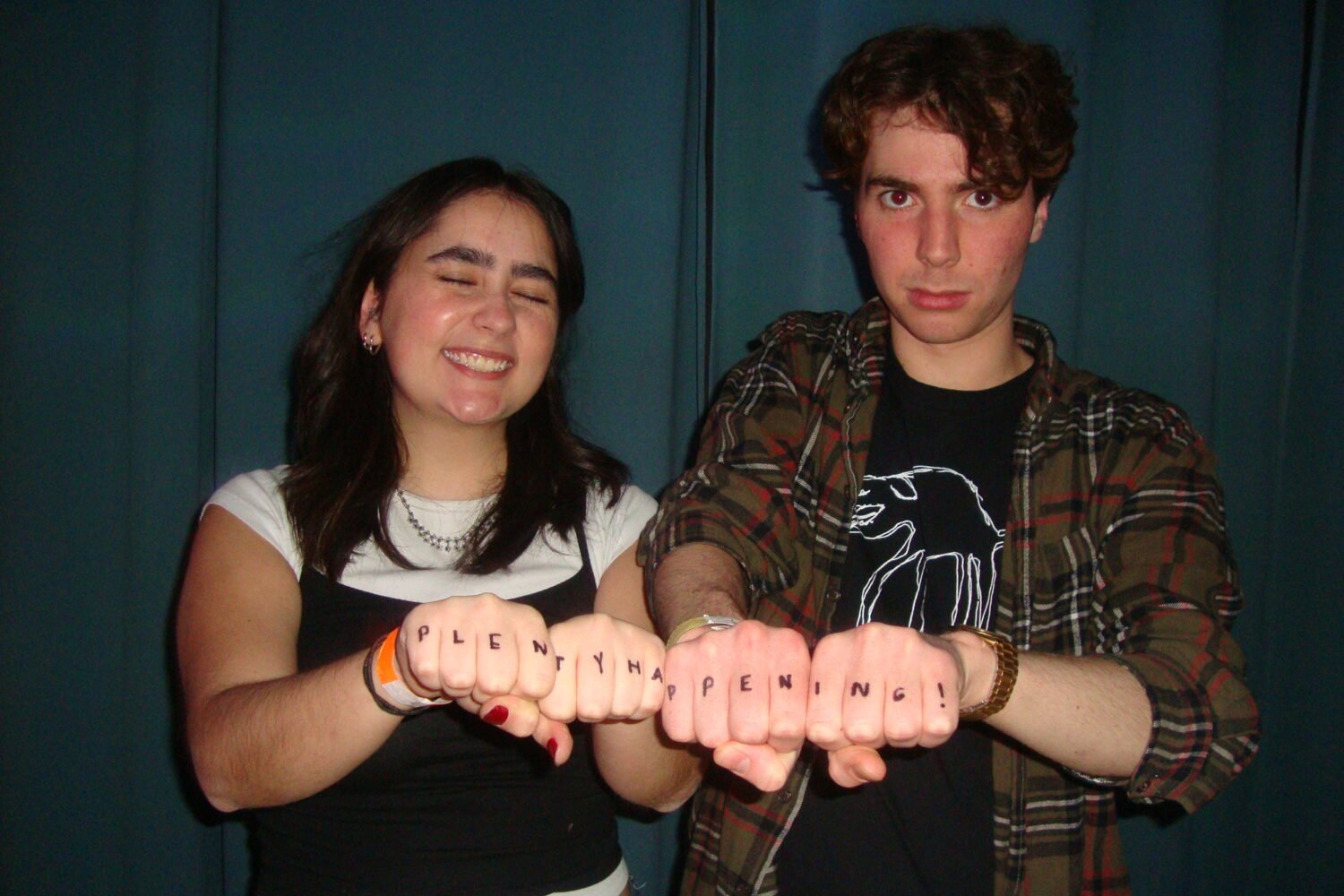Nabucco was the opera that made Giuseppe Verdi–and
yet, it nearly didn’t come into being. The composer was just 27 years
old in 1840,
struggling to establish himself in the twilight of the bel
canto era. His first two operas had flopped, yet his professional
failure was nothing compared to the recent heartbreak of his
private life–two infant children dead in successive years and
a wife gone soon after, having succumbed to encephalitis. In
this profoundly abject state, Verdi was ready to give up, to
abandon his fledgling career.
Around this time, he received the libretto for an
opera about the Babylonian king Nebuchadnezzar (Nabucodonosor, or
Nabucco),
who conquered Jerusalem and exiled the Jews in the sixth
century BC. If we are to believe Verdi’s suspiciously romantic account,
the composer refused to even open the text–so depressed was
he–until one sleepless night, when his eyes fell at random upon
the lines “Va, pensiero, sull’ali dorate” (“Go, thoughts, on
gilded wings”). Verdi’s imagination took flight, and the opera
he subsequently wrote was a massive success. He would write
better operas, unequivocal masterpieces, but
Nabucco made him a star.
The current staging of the work, a Washington National Opera
co-production with the Minnesota Opera and the Opera Company
of Philadelphia, is the first in the WNO’s history–not
surprising, given the difficulty of finding a soprano to sing the role
of the manic, bloodthirsty Abigaille. Such a singer must
traverse an astonishingly wide vocal range, and she must sing with
fury, venom, florid excess, sustained intensity. It isn’t just a
treacherous role. It’s a potential voice killer.
The soprano
Csilla Boross can certainly hit all the notes,
but her Abigaille is of a different stock: more lyrical, tender, and
humane than what one
might expect. You could even say Boross is a beautiful
Abigaille. But is that a desirable trait? After all, the character
must convince us of her hatred not only for the Hebrews, but
also for her rival, Fenena. She must drip with venom, with bloodlust.
But Boross seemed to be holding back just a bit when the role
called for more daring, vocal fireworks in the upper register.
Though she later came into her own–in the cavatina “Anchi’io
dischiuso un giorno,” with its two-octave leaps, and in the crazed
flourishes of “Salgo già del trono aurato”–what her performance
lacked was naked wrath.
Something similar could be said of baritone
Franco Vassallo‘s Nabucco. Missing was the
element of megalomania, which allows us to understand his descent into
madness. Vassallo sang
assuredly, but his portrayal was just a bit too earthbound for
my taste. This is a man, after all, beset by fits of grandiose
irrationality. He must be vehement. He must be larger than
life–so that his subsequent fall is all the more convincing.
The bass
Burak Bilgili, however, was outstanding as the
Hebrew high priest Zaccaria, his voice filled with gravitas in his
double aria “Sperate,
o figli . . . Come notte a sol fulgente,” in which he pleads
with the Hebrew people to remain resolute in the face of the
Babylonian onslaught. Accompanied by the elegiac cellos,
Bilgili’s “Tu sul labbro de’ veggenti” was also gorgeously wrought,
conveying the anguish of a man who has become the voice and
conscience of his people.
Conductor Philippe Auguin led a spirited, committed orchestral performance. And the chorus, ever-present in
Nabucco, was superb, singing in harmony and in unison,
raising up great, granitic walls of sound in one moment, weeping
contemplative,
sorrowful lines in the next. The “Va, pensiero” chorus, in
which the enslaved Israelites long for their distant home, received
its customary encore and a third hearing, as well, after the
piece ended, sung a cappella by soloists and chorus–with the
Italian lyrics projected as supertitles, an invitation for the
audience to sing along.
This might have worked better in Italy, where the
words “Oh, mia patria, sì bella e perduta” (“My country, beautiful and
lost”) continue to unite and inspire a people. But in
Washington? The audience seemed to enjoy it, but for me, this
post-production
sing-along seemed to strike a false and heavy-handed note. The
conceit was part of director
Thaddeus Strassberger‘s larger plan to re-create the stage of Milan’s Teatro alla Scala on the night of
Nabucco’s premiere, and thus link the show to Italian
reunification politics. Given that northern Italy was then under the
rule of
an oppressive Austrian regime, some elegantly dressed Austrians
were onstage throughout, playing the part of theater-goers.
This framing device (creating essentially a play within a play)
was at times distracting, especially during the “Va, pensiero”
chorus, when Strassberger had his Austrian aristocrats blithely
chatting away, stage right, while a group of Italian women,
stage left, sewed the three parts of the tricolore (later
unfurled at opera’s end). As a consequence, during Verdi’s hymn
about freedom and enslavement, about the longing for home and
the quest for human dignity, it was all too easy to focus not
on the ethereal singing of the chorus but on the incidental
action at the edges of the stage–something of a disappointment
given the lavish spectacle of the production.
Nabucco
is at the Kennedy Center Opera House through May 21. Tickets ($25 to $300) are available through the Washington National Opera’s
website.

